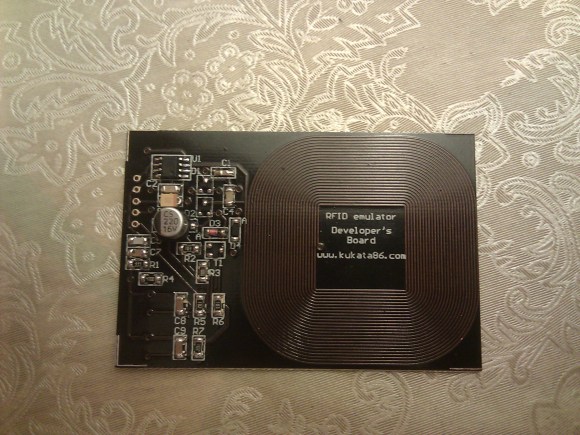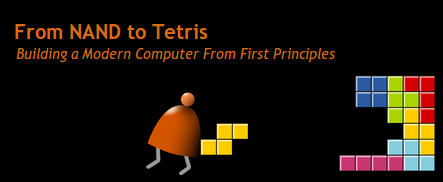Sometimes tearing down a cheap appliance is more interesting that tearing down an expensive one. A lot of the best engineering happens when cost is an issue. You may not solve the problem well, but you can solve it well enough for a discount shelf.
[openschemes] purchased a 1.8kW induction hot plate at a low price off Amazon. The reasons for the discount soon became apparent. The worst of which was a fully intolerable amount of high frequency switching noise. Wanting to know how it worked, he took it apart.
After he had it apart on his desk, he deciphered the circuit, and wrote about it clearly. As usual with extremely cheap electronics, some clever hacks were employed. The single micro-controller was used for monitoring, and generated a PWM signal that was instantly converted to DC through some filters. All the switching was done the old fashioned way, which explained why the hotplate seemed so brainless to [openschemes] when he first turned it on.
Lastly, he did some work on manually controlling the cooktop for whatever reason. The good news? He managed to figure out how to control it. Unfortunately he also destroyed his unit in the process, via a misapplication of 1200 volts. A fitting end, and we learned a lot!
Thanks [David Balfour] for the tip!


















